HIIT can help to decrease body fat, increase strength and endurance, and improve health outcomes, but it is not necessarily better than other exercise formats. Its main appeal is that it can achieve similar fitness and health benefits in a shorter duration, and that it includes periods of rest.
What are 5 benefits of HIIT?
HIIT benefits
- HIIT can burn a lot of calories in a short amount of time.
- Your metabolic rate is higher for hours after HIIT exercise.
- HIIT can help you lose fat.
- You might gain muscle using HIIT.
- HIIT can improve oxygen consumption.
- HIIT can reduce heart rate and blood pressure.
- HIIT can reduce blood sugar.
What is the after effect of HIIT?
Known as the afterburn effect, this process is said to boost your metabolism and keep you burning calories for up to 24 hours after exercise. It's a theory many HIIT-based studios tout as a major health benefit of their workouts, promising you'll reap the benefits of their one-hour classes for days.
What are the psychological effects of HIIT training?
Results: Results showed that HIIT and MIT significantly reduced the stress, anxiety, and depression as well as increase the resilience (p < 0.05).
What is a disadvantage of HIIT training?
More Demanding on the Body
Due to the high intensity nature of HIIT, you do place a lot more stress on the body. This also means that there is an increased risk of injury.
Is a 20 minute HIIT workout enough for the day?
In fact, it's much better to spend 20 minutes working out each day, than 1 hour once a week! The reason HIIT is so effective in as little as 20 minutes is that it involves maximum exertion when training.
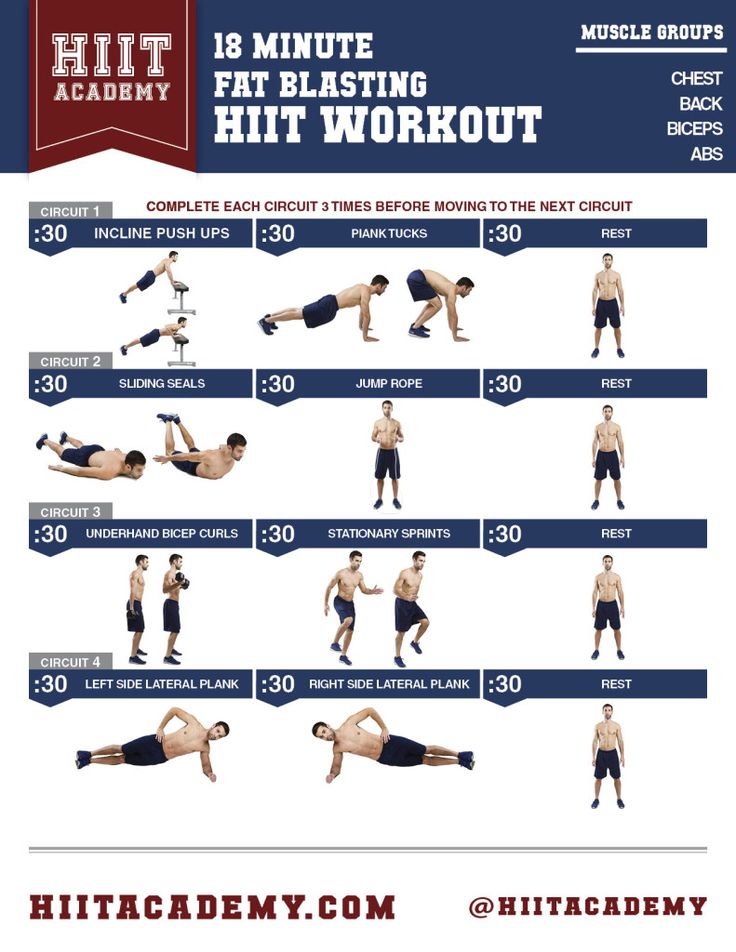
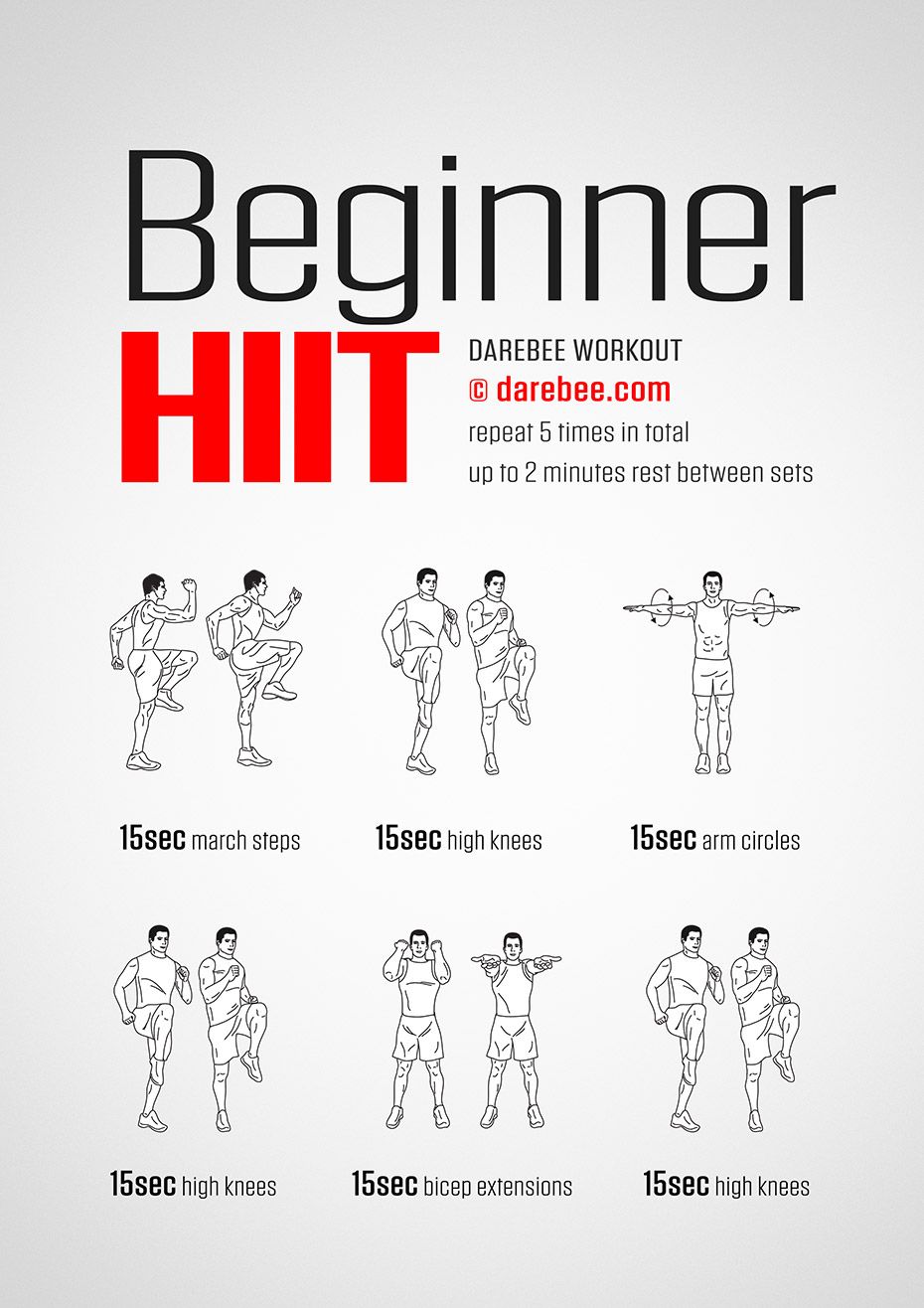
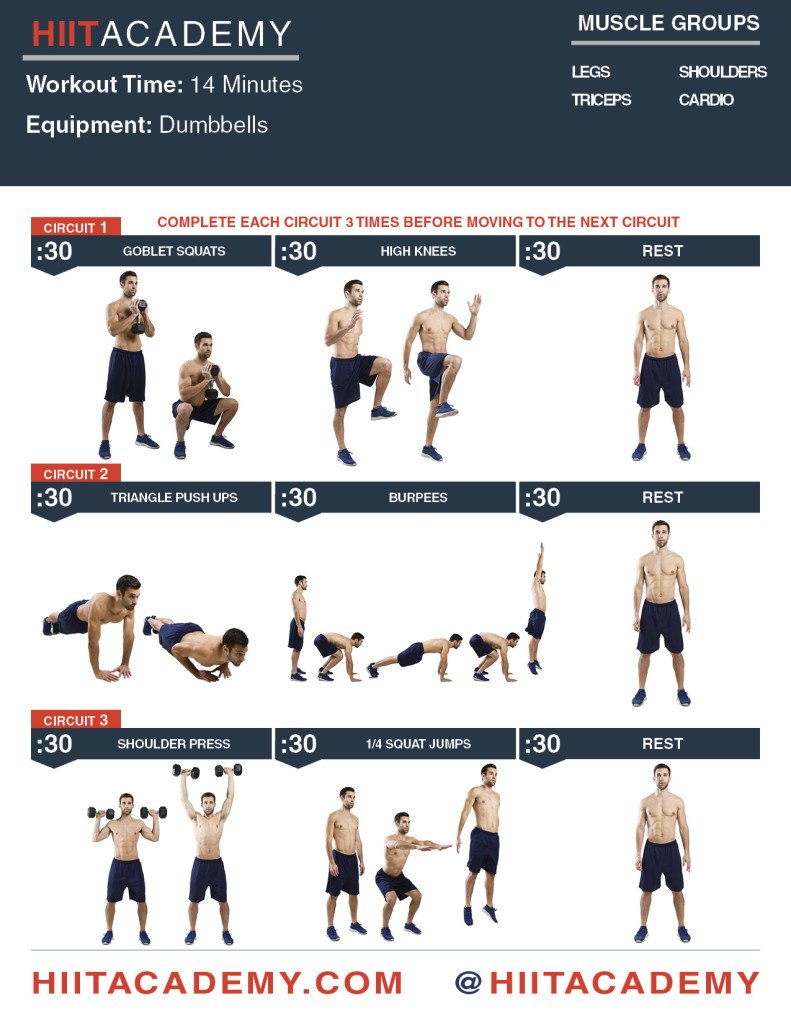
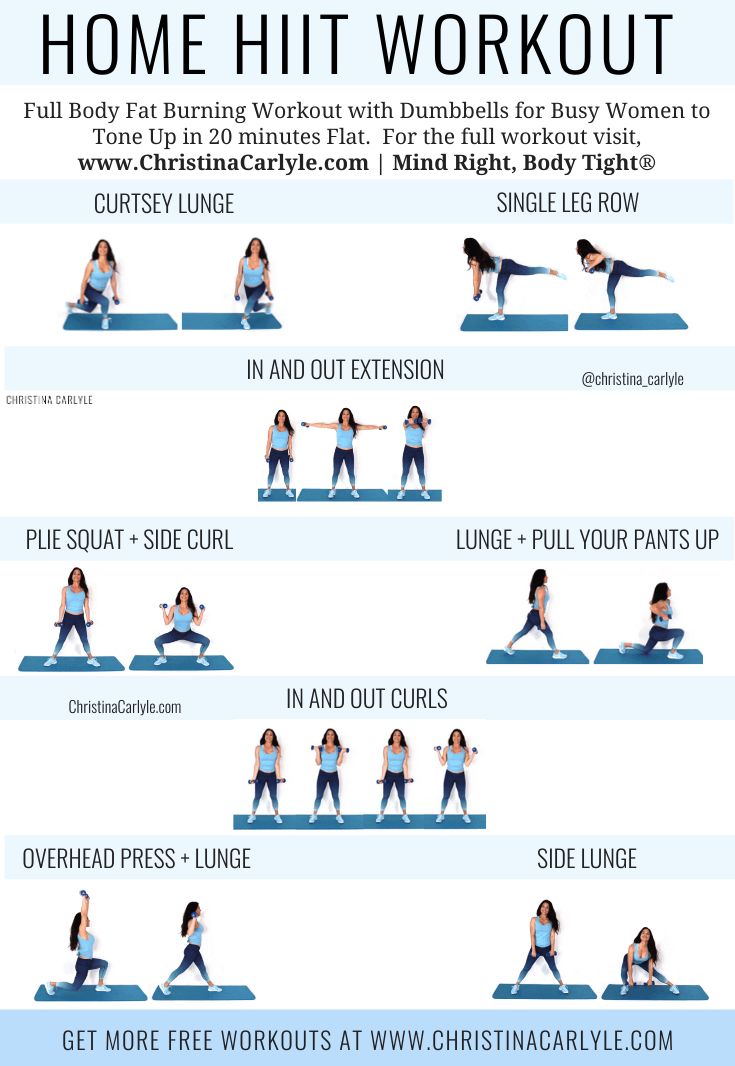
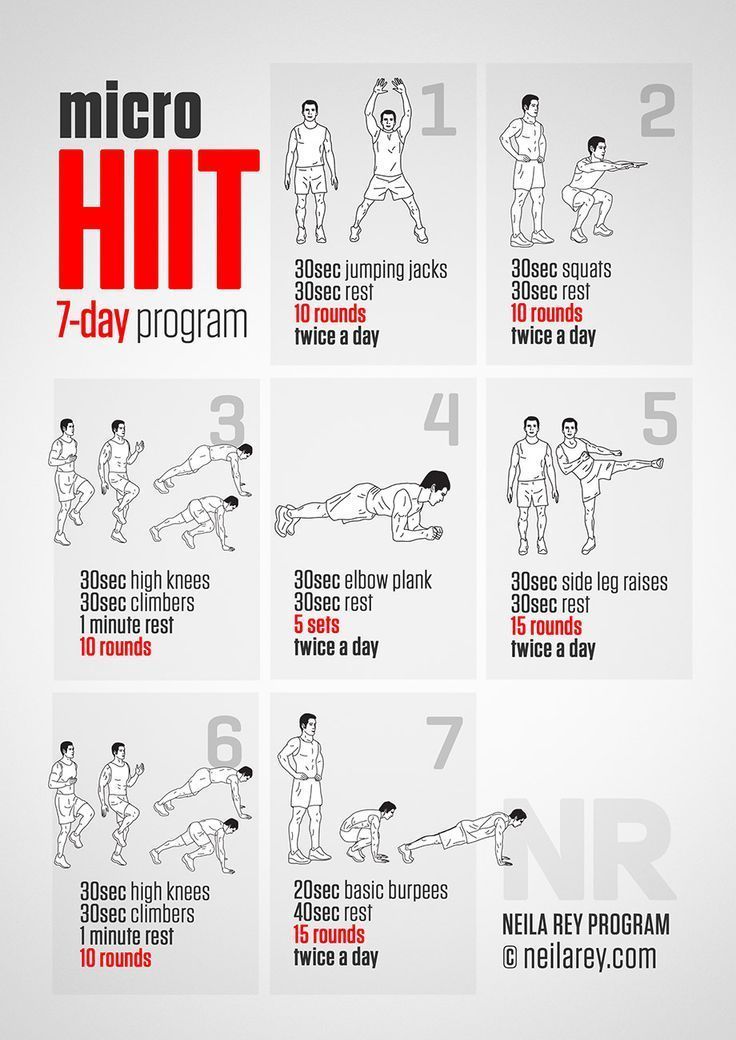
Done correctly, high-intensity interval training is one of the most efficient forms of exercise. Here's a 19-minute HIIT workout to get you started. https://t.co/PDIJ0yztbo
— The New York Times (@nytimes) March 19, 2023
What are the disadvantages of HIIT?
The Downsides of HIIT
Because HIIT is so hard and the goal is to get close to your maximum effort, you should only do it up to three times per week. If you do HIIT too often, your body might not be able to fully recover, which means you can't work out as hard as you should.
Frequently Asked Questions
What is the 80 20 rule for HIIT training?
Specifically, it has been demonstrated that triathletes and endurance athletes gain the most fitness when they do approximately 80 percent of their training at low intensity (think zone 1 and 2) and the remaining 20 percent at moderate (zone 3) and high intensities (zone 4 and above).
What does a high intensity workout look like?
As you've seen, most HIIT workouts will feature heart-rate raising moves, such as jump squats, burpees, commandos, planks, mountain climbers and tuck jumps. These aerobic HIIT exercises are often completed for 20-40 second intervals with short rests in between before it all starts again.
What is a HIIT workout definition?
HIGH-INTENSITY INTERVAL TRAINING. The popularity of high intensity interval training is on the rise. High intensity interval training sessions are commonly called HIIT workouts. This type of training involves repeated bouts of high intensity effort followed by varied recovery times. A Complete Physical Activity Program.
What classifies a HIIT workout?
HIGH-INTENSITY INTERVAL TRAINING. The popularity of high intensity interval training is on the rise. High intensity interval training sessions are commonly called HIIT workouts. This type of training involves repeated bouts of high intensity effort followed by varied recovery times. A Complete Physical Activity Program.
FAQ
- What is an example of HIIT exercise?
- After a warm up, try sprinting as fast as you can for 10 seconds, then walking or resting for 50 seconds. Repeat this six times. That's it, you're on your way to mastering HIIT. As you get comfortable, try shortening the rests to 20 seconds, and then even 10.
- What is considered a HIIT type of workout?
- High-intensity interval training, better known as HIIT, consists of short bursts of intense work that typically last between 15 seconds to 4 minutes. These are followed by a quick recovery period and then right back to the tough work.
- Is 20 minutes of HIIT a day enough to lose weight?
- HIIT workouts can burn some serious calories in a short space of time. While this number will vary depending on factors like your weight, and what type of HIIT you are doing, you can expect to burn around 150-400 calories in 20 minutes of HIIT. And that's without the extra calories burned throughout the day!
What defines a hiit workout
| What is the most effective HIIT interval? | 60 seconds He's found that, in his experience, 60 seconds of intense training followed by 60 seconds of rest tends to be a consistently effective ratio for his clientele, he says. "I've seen this firsthand with many ages and fitness levels based on heart-rate tracking," explains Poulin. |
| Is 20 minutes of HIIT per day enough? | In fact, it's much better to spend 20 minutes working out each day, than 1 hour once a week! The reason HIIT is so effective in as little as 20 minutes is that it involves maximum exertion when training. |
| What are the disadvantages of HIIT workouts? | The Downsides of HIIT Because HIIT is so hard and the goal is to get close to your maximum effort, you should only do it up to three times per week. If you do HIIT too often, your body might not be able to fully recover, which means you can't work out as hard as you should. |
- What are the rules for HIIT training?
- HIIT exercise sessions generally consist of a warm-up period followed by repetitions of high-intensity exercises separated by medium intensity exercises for recovery, then a cool-down period. The high-intensity exercise should be done at near maximum intensity. The medium exercise should be about 50% intensity.
- What is the difference between a HIIT workout and a regular workout?
- Unlike aerobic cardio that needs to be performed for 30 minutes or more to enjoy the benefits, HIIT is short and sweet. In fact, Tabata, a type of HIIT, is only performed for four minutes! A Tabata workout uses a training style that involves a 20-second all-out work period followed by a 10-second break.
- What does a typical HIIT workout look like?
- In fact, in true HIIT, you'd likely limit your work intervals to about 20 seconds, he says. Then you'd give yourself ample recovery time, usually at about a 2:1 or 3:1 ratio of rest to work. So if you were doing 20-second sprints, you'd rest for 40 seconds to one minute before beginning your next interval.
